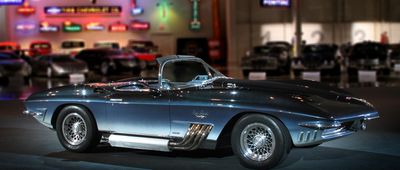Before global energy crises and oil embargoes forced every automaker in the 1970s to put their offerings on a diet, Chevrolet did its finest work at the start of the decade, in the twilight of the muscle car era. It’s simply not possible to talk about early ’70s muscle cars without talking about the cult classic car/truck hybrid that is the El Camino. With a history dating back to the 1950s, the El Camino was the answer to the Ford Ranchero, but by 1970, it was available as a Super Sport. Drenched in chrome and similar to the Chevelle inside and out, the world’s most peculiar and practical muscle car was fitted with Chevrolet’s most powerful engine, the 450-horsepower LS6 454 — and, of course, a cargo bed.



























